
One of the problems with pro-quality wide-angle zooms is their size and weight. Even the micro four-thirds system suffers from this. The otherwise excellent 7-14mm Olympus zoom is large and heavy, although it does offer an ultra-wide 14mm-equivalent and sports a constant f/2.8 aperture.
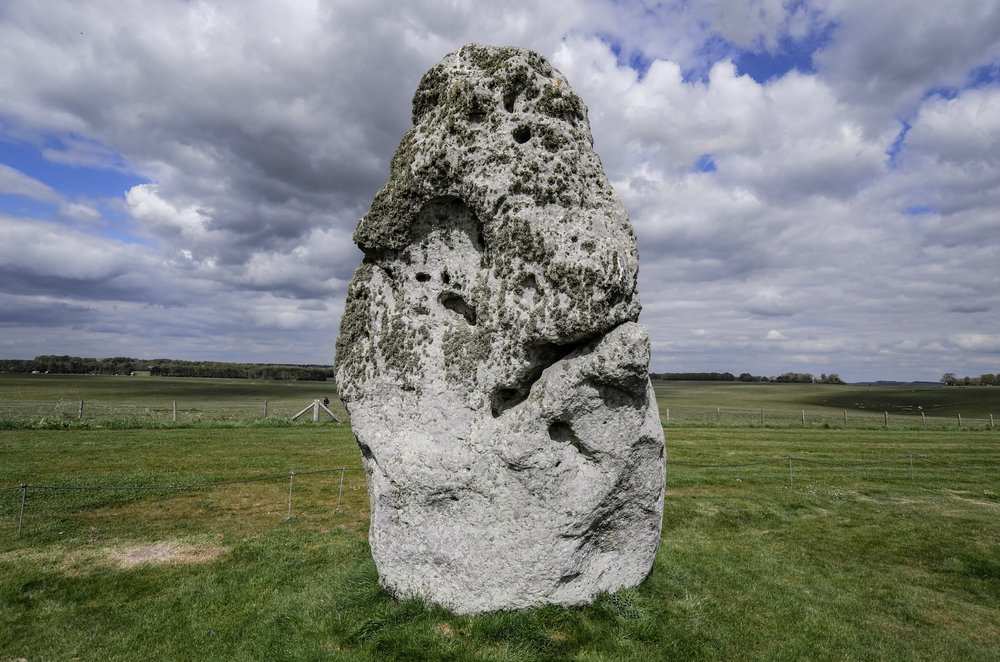
Move up to APS-C or full-frame and these high-performance wide-angle zooms grow alarmingly in size and weight. This is not the case, however, with the Leica TL system. I’m taking a new look at this system because I believe 2017 is the year we will see new emphasis placed by Leica on this system. The lens range is nowhere near as extensive as that from Fuji, for instance, but the quality of the current offerings leaves nothing to be desired.
The camera: I used an original T rather than the TL. Supplied in mid-2015, this camera has been updated to the latest 1.610 firmware but is otherwise identical to the launch camera which I tested in 2014.
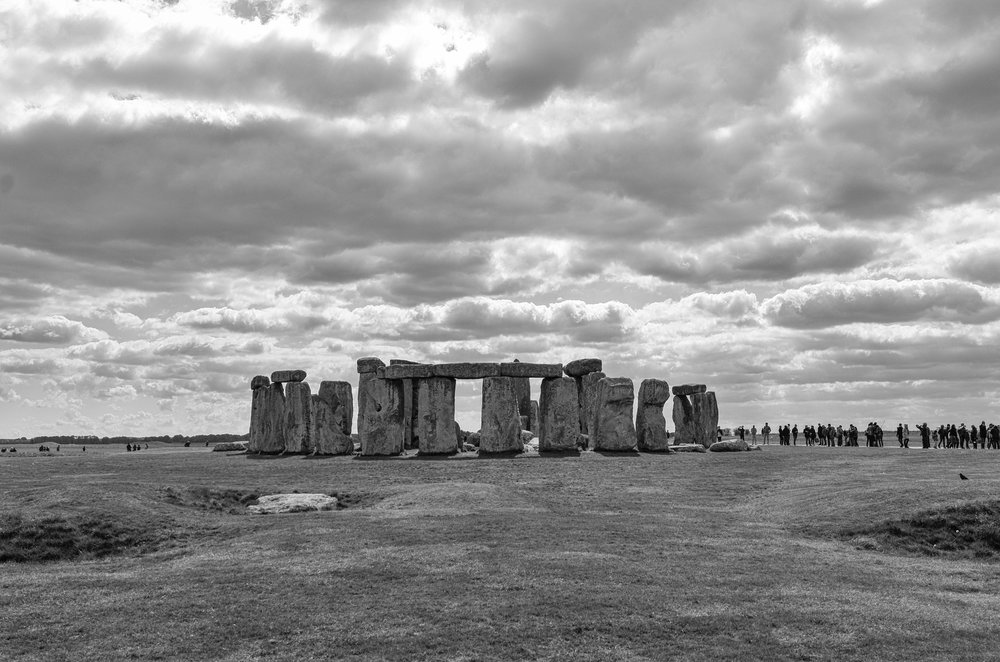
Throughout the range of TL zooms (11-23, 18-56 and 55-135) Leica has striven to keep the lenses as compact as possible by sticking to relatively slow apertures combined with outstanding image quality. As we learned from the undervalued Leica X-Vario, Leica’s prudent approach to lens design values quality of image over ultimate speed, thus ensuring a smaller overall profile.
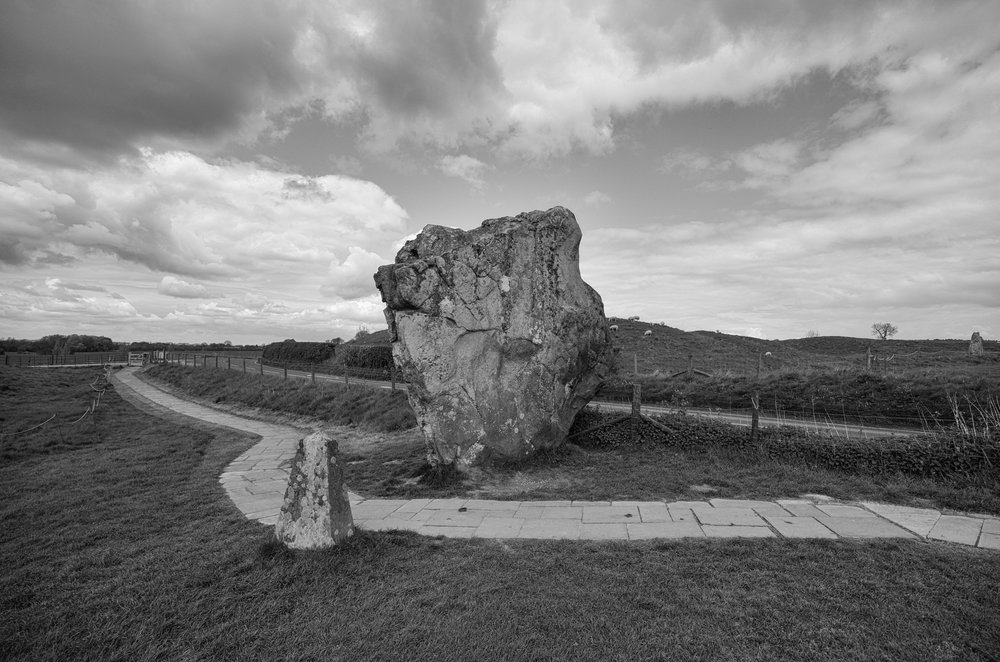
This is particularly apparent with the 11-23mm Super-Vario-Elmar f/3.5-f/5.6 ASPH. For what it achieves, this is a small and light lens that you can reasonably carry around on your camera all day. It offers a full-frame equivalent range of 16-35mm which is ideal for general use. I’d sooner have this range than the 14-28mm scope of the above-mentioned Olympus m4/3 zoom. For anyone who prefers the 35mm focal length as a “standard” lens, this 11-23 offers a great all-in-one package.
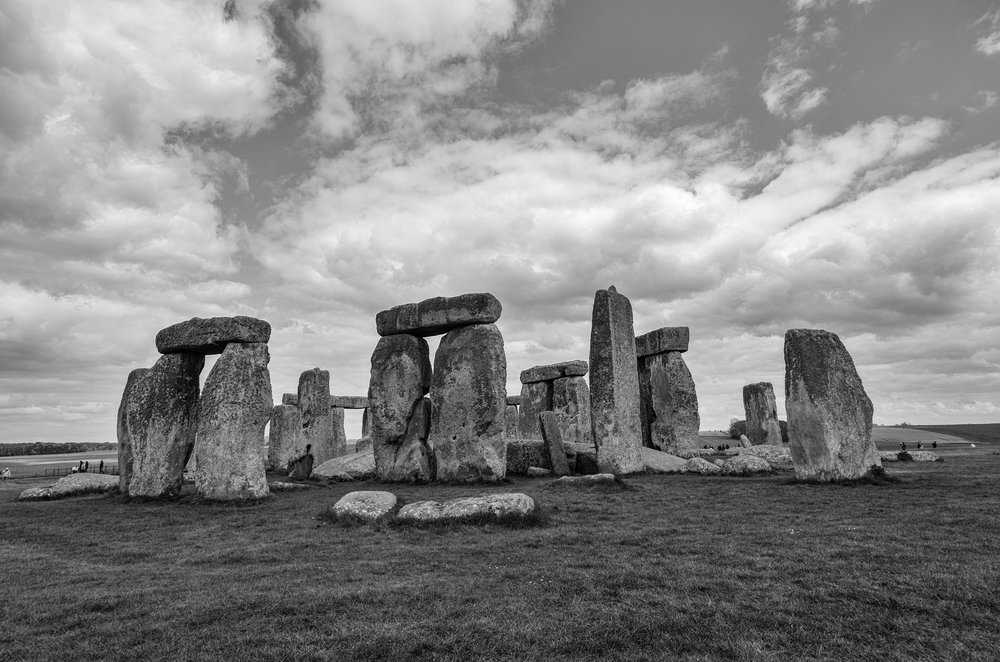
Surprise
When I opened the box I was really surprised at the compact dimensions. I’d used the lens before, back in 2014, and had positive recollections but, in retrospect, I had overemphasised its size in my mind’s eye. On its second innings, this lens has really impressed.
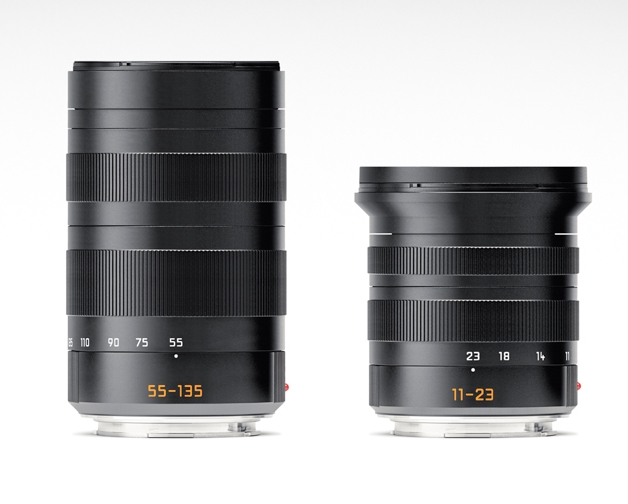
In common with all TL lenses, there is no physical aperture ring or focus scale. All you get is a fly-by-wire focus ring and a smooth, silky zoom. I find it rather odd that the useful focus scale, much loved on the X Vario, has been omitted from these later system lenses. However, the unfussy barrel reminds immediately of Leica DG-branded Panasonic lenses, with the bold orange focal designation and the large white zoom engravings —calibrated at 23, 18, 14 and 11 (approximately equivalent to 35, 28, 21 and 16). If we wish to pedantic, the actual equivalent range is 16.5-34.5 but 16-35 is as near as damnit.
With its metal construction and range of wide focal lengths this lens is surprisingly light at 360g, without the hood. It is 75mm long at 23mm and 90mm when extended to 11mm. By comparison, the “standard” 18-56 zoom is not that much bigger — it weighs 255g and is 60mm long at 18mm and 83mm at 56mm.
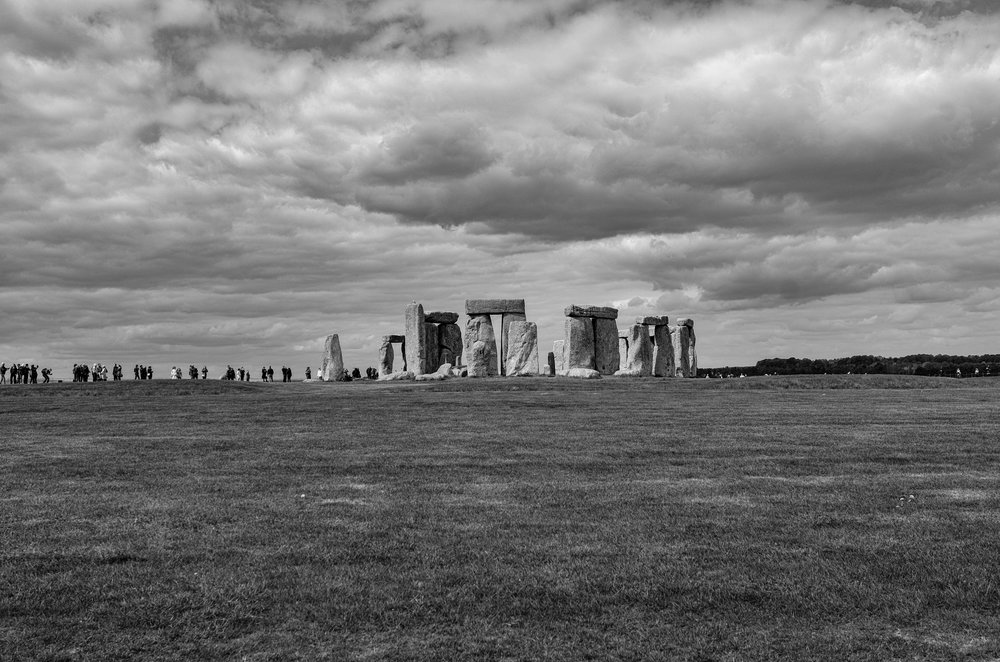
Achievement
To make the wide-angle zoom so compact is quite an achievement and, as I pointed out earlier, it is so small and light that it is a viable contender as an all-day carry-around lens. You cannot say the same about most wide-angle system zooms. That 7-14mm Olympus Pro is a much larger beast, due to its faster aperture and wider angle glass requiring heavier optics, and becomes more of a specialist reserve lens than an all-day user. It weighs 535g, 175g heavier than the Super-Vario-Elmar, and extends to 106mm. When carrying it as part of my micro four-thirds system it was always an in-the-bag, ready-for-use sort of lens rather than a constant companion for the camera. The Leica Super-Vario-Elmar is a different kettle of fish, lighter and generally more usable despite being designed for the bigger sensor.

The compact hood has a firm click into place. It needs considerable force to lock or unlock and there is no danger of it coming loose and falling off accidentally. It can be reversed when not needed and clicks into place just as effectively. The petal design means that even with the hood reversed it is possible to use the focus ring without problem.
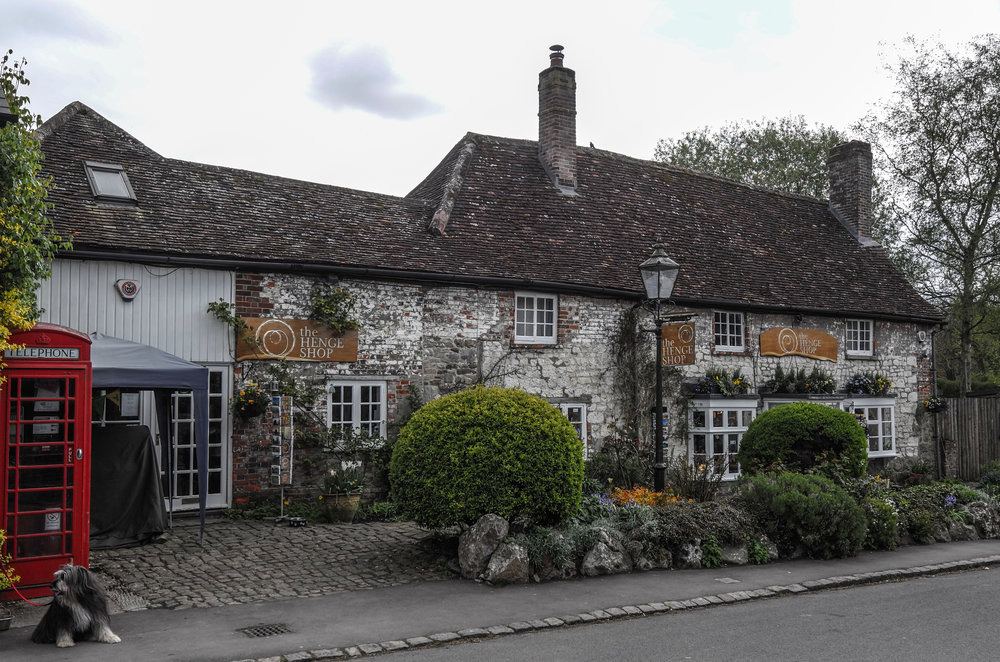
There are other differences which make the Leica lens more of a general-purpose zoom. The Super-Vario-Elmar’s convex front element is less pronounced and can sit behind a protective UV filter. There is no filter ring on the Olympus, for instance, and it’s more or less obligatory to use the large push-on lens cap for peace of mind. The Leica lens, on the other hand, is just as serviceable as the standard 18-56mm zoom and needs no special treatment.
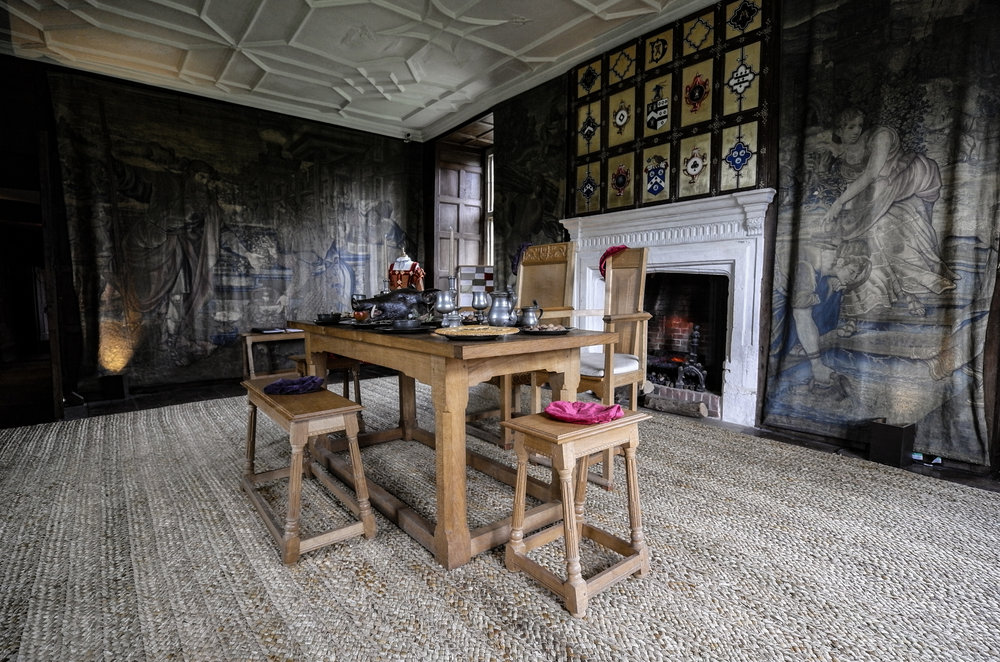
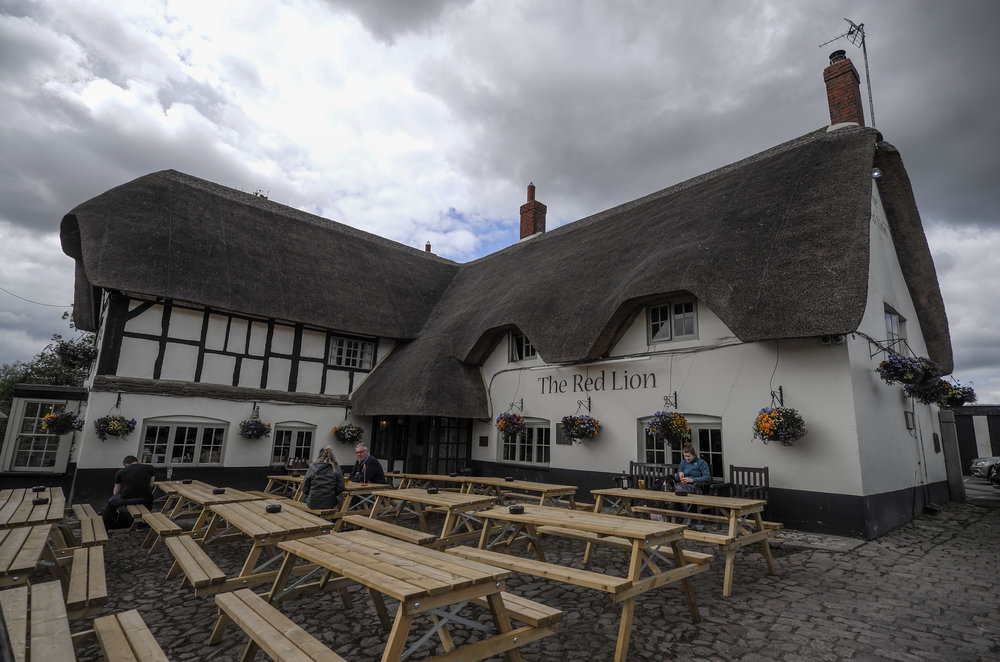
Handling
While the Super-Vario-Elmar loses out to a specialist wide-angle zoom such as the Olympus, both on speed and at its widest angle, it is arguably the more useful lens since it is the one you are encouraged to keep on your camera most of the time. It is commendable that, despite it being a lens for a larger sensor system, the Leica is so much more handleable than the micro four-thirds Olympus lens
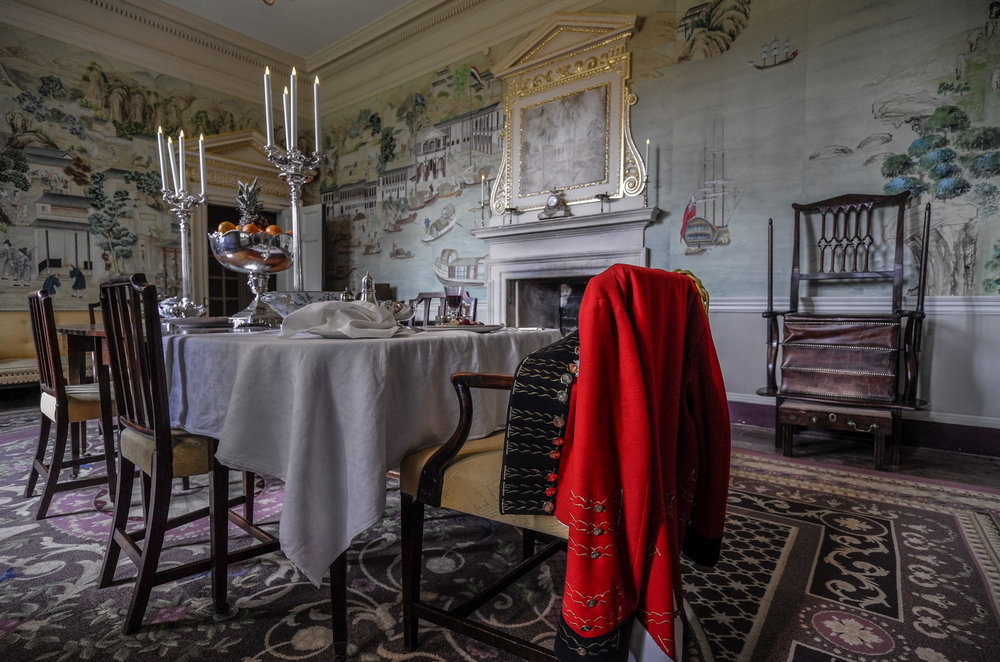
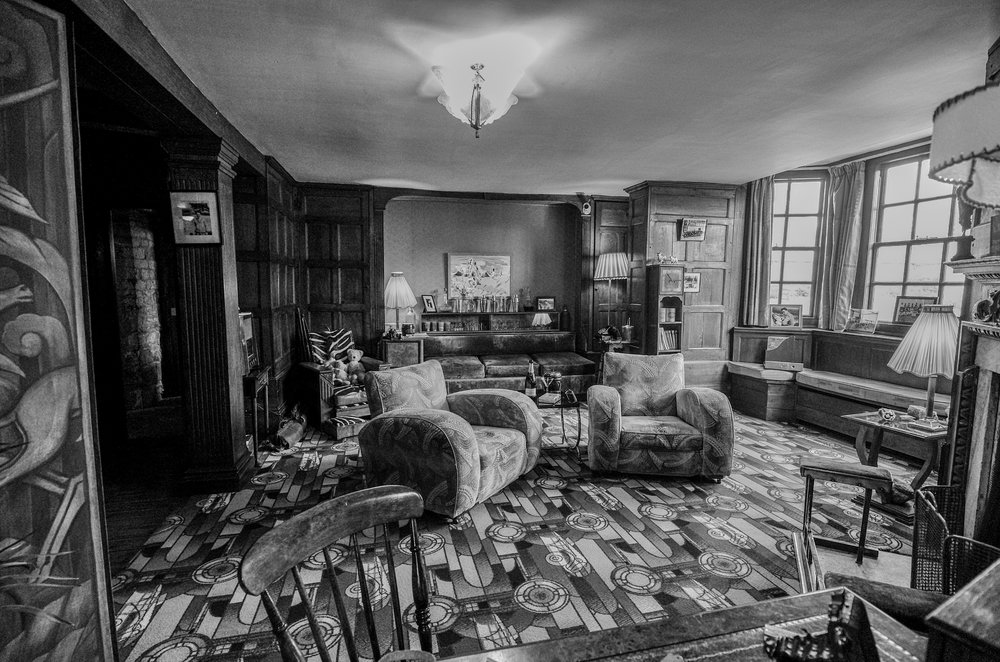
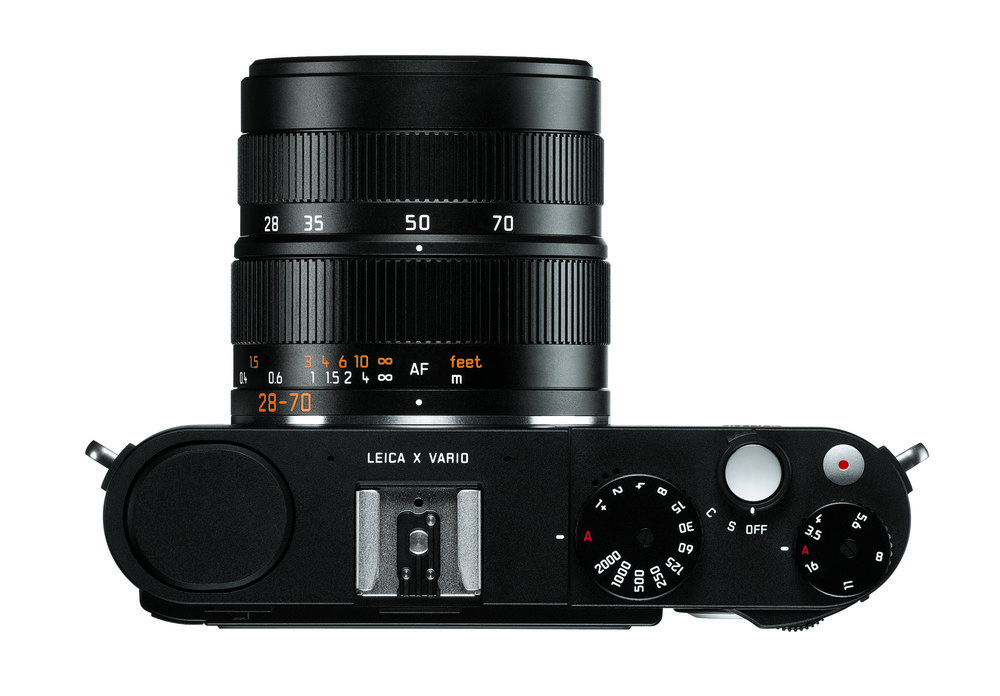
I’ve mentioned the outstanding lens of the X Vario, designed by Peter Karbe as a lens to match primes at every step of its zoom. This applies also to Leica’s crop of SL and TL zooms. They are designs which provide extremely high image quality and good contrast and sharpness. These are not to be confused with the often derided kit lens.
For a combination of landscape, architecture and street photographer this has to be one of my favourite lenses. I don’t have much use for ultra-wide angle so the maximum width of 16.5mm is just right; especially when it means I can have 35mm at the other end of the scale. That’s an important benefit which dramatically escalates the overall versatility.
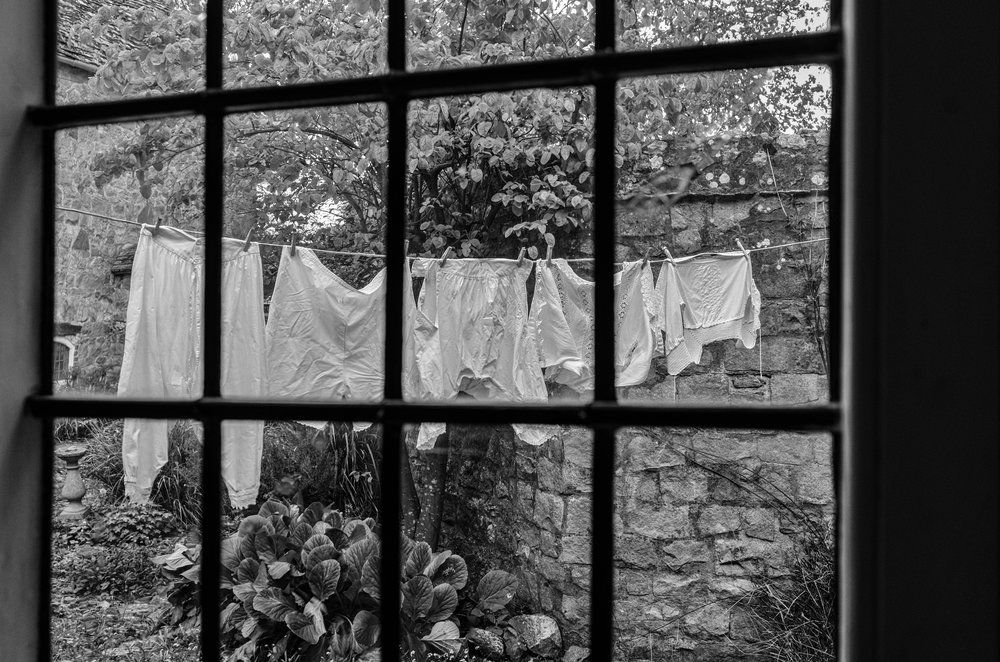
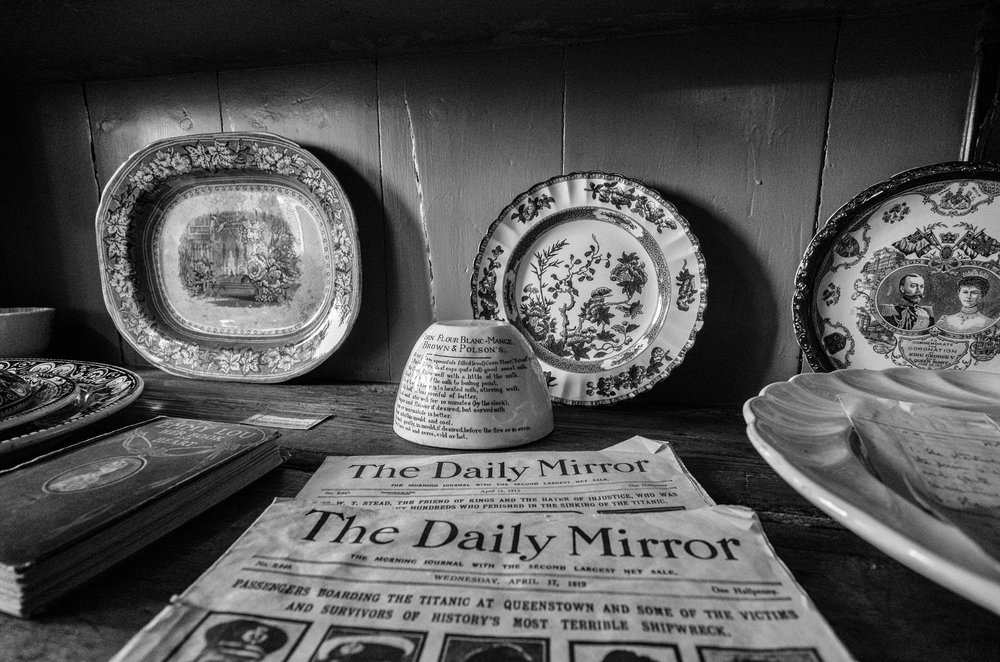
Regular users of modern APS-C and micro four-thirds cameras and lenses might be disappointed to find that none of the TL zooms, not excluding this 11-23mm, have built-in stabilisation (nor does the Leica T/TL although it does offer a simulated electronic system that few bother with. Nor, it has to be said, do these lenses have weather protection.
Far from being a specialist object, this wide-angle zoom is the sort of lens I could happily adopt as my main optic for the Leica T. It is so versatile that it suits the bill better even than the conventional choice of the 18-56mm standard zoom. It is perhaps the most usable of all the TL-system lenses and should be on everyone’s wish list.
Below: The Tudor dovecote at Avebury, outside taken at 16mm and a spacious inside, complete with dove nesting alcoves, taken at 13mm
______________
- Visit Avebury village and stone circle
- Visit Stonehenge
- Rock n’ Roll Leica M10 strap supplied by TieHerUp straps
- Camera and lens supplied used by Harrison Camera of Sheffield
- Subscribe to Macfilos for free updates on articles as they are published
- Want to make a comment on this article but having problems?

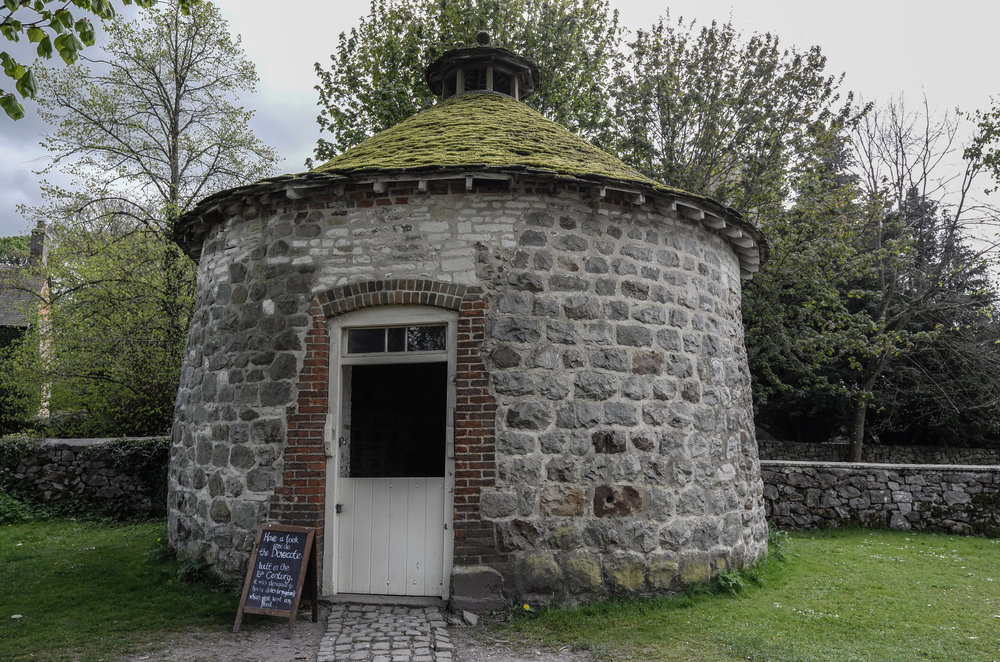
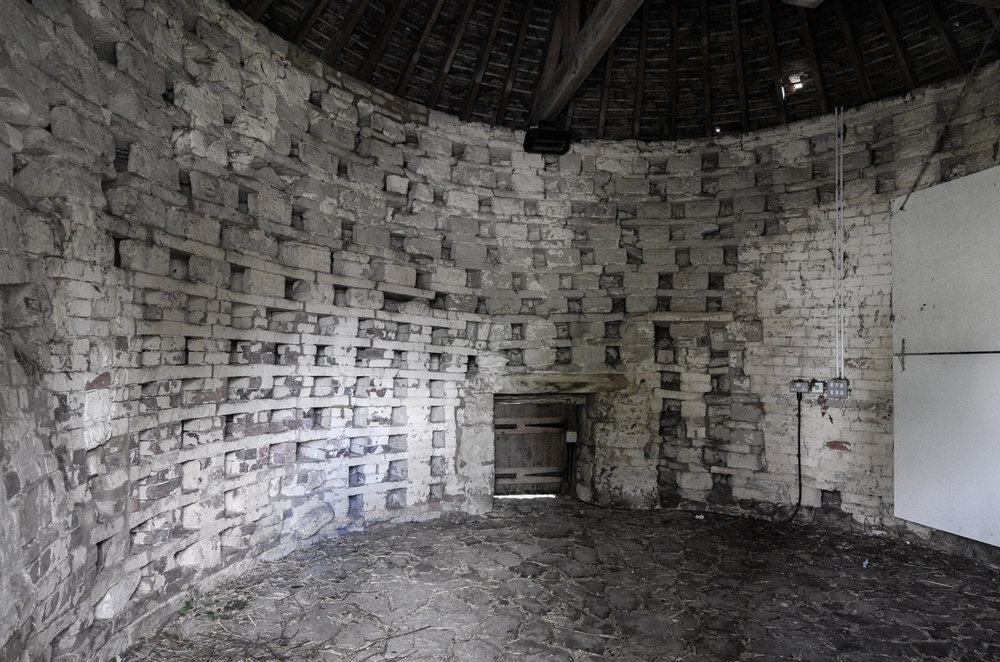
It probably does not make any sense to buy new lenses for a discontinued system but I will most likely end up getting the rumored Sigma 23mm F1.4 DC DN once that gets released.
It’s nice to re-read this article as I bought an 11-23 to go with my CL. Whether as a “City” combination or a “Landscape” combination with either the 55-135 or Sigma’s 56mm, it’s hard to beat. You get a real sense of occasion when you click it into place and you start to look for interesting perspectives that the lens can deliver. It’s sharp (but maybe not as sharp as M lenses) and wieldy enough that it will stay on the camera for several days of walkabout until I hanker for a bit of a change.
Naturally all this still makes me regret Leica’s decision to can the CL, but I’m more than happy to keep using these lenses until the camera can no longer be repaired and ends up in the knacker’s yard.
I also use the 11-23mm and 55-135mm with an SL2 as a lightweight travel kit. So whilst the CL may be no more you should be able to make great use of your TL lenses long after the CL. Image stabilization on the SL2 really helps the 55-135mm as well.
I use an
11-23mm
18-56mm
55-135mm
On an SL3
26mp images allied to image stabilisation
I’m taking the kit to Turkey in a 10kg bag tomorrow, ever so versatile.
Stephen
Dear Stephen, why not consider writing an article for us?
I am sure our readers would be interested in a discussion on the merits of these lenses when used on an SL3.
Compact travel kits are always popular, and this one would press all the right buttons. Mike
You could make two tin cans and a wire work! I envy you.
Thanks, John!
In your hands, Mike, this system becomes more and more interesting. And if I judge by the XV, the issue of quality versus speed comes out in Leica’s favour.
Thanks, John. As we have both owned and loved the X Vario (I might even pick one up if I stumbled over it at a bargain price) we are ideally placed to appreciate the single-minded approach of the T. It doesn’t tick many boxes (no stabilisation, no viewfinder, slow zooms) but it is typical Leica — quirky and somehow satisfying. If only it weren’t for that drum-on-a-pea viewfinder I’d be content.
Excellent article and some great pictures Mike, thanks…
I am not sure what it is about the camera, and you don’t say whether it is SOOC (as they say), or whether it is the sensor or the software, but the output is superb, and it seems different (crisp?) to other Leica and/or other cameras…
I am not really sure why the lens barrels should not have a focus scale though?
As far as how the back end works, there are plenty of options for any new TL compatible back, they could make it a small SL or S, with the unmarked buttons, they could stick with the "Apple style" or they could return to the Q/X more trad style, and all would be fine and none would be out of place, as long as whatever is chosen maintains the Leica simplicity/efficiency.
Stephen, many thanks. The pictures are all OOC but not exactly SOOC. I have done a minimal amount of toning down highlights and added a touch of sharpening to achieve the results. Normally I work from RAW to my own tastes but this time I decided to use the jpgs. In one or two instances, with hindsight, I might have been better using the RAW data as the base. Some of the indoor shots (particulary the 1930s drawing room) suffer not surprisingly from blown highlights — which is not the camera’s fault but mine for not metering more intelligently. I suspect recovery, although difficult, would have been easier with the greater dynamic range of the RAW files.
While I feel sure that any updated TL must have an integral viewfinder (it will be a great disappointment if not) I am less sure about the general layout of any new camera. We will just have to wait and see.